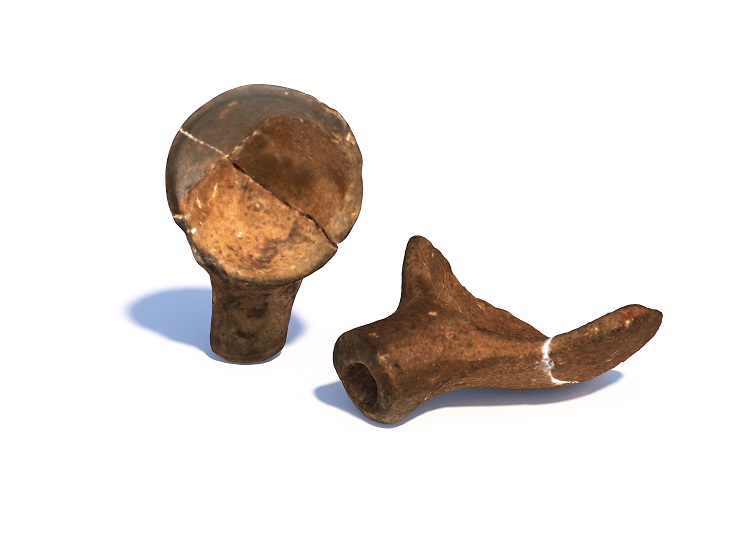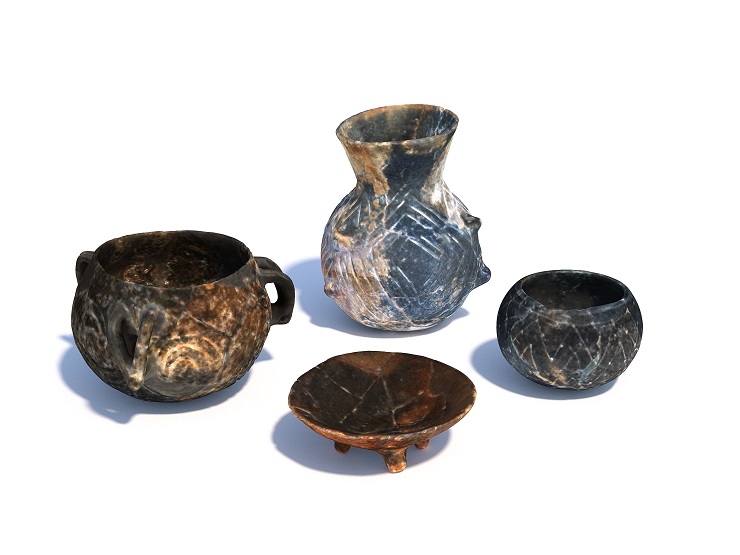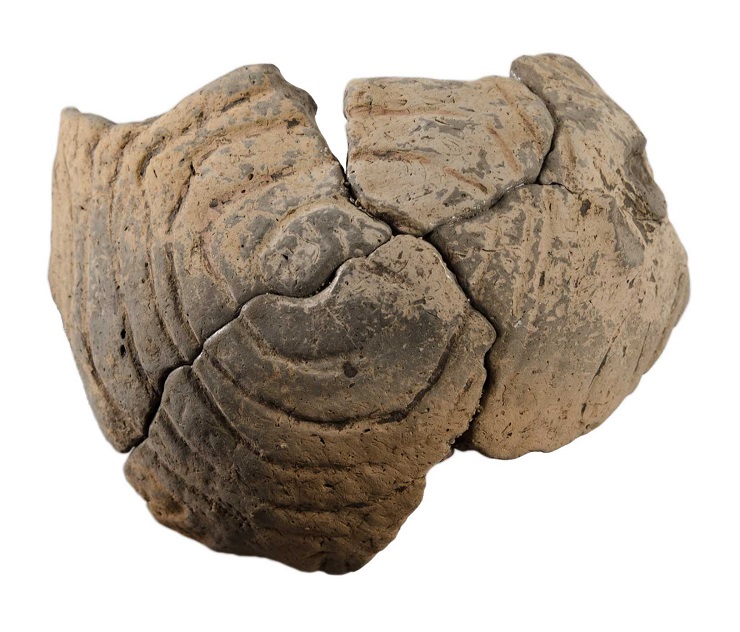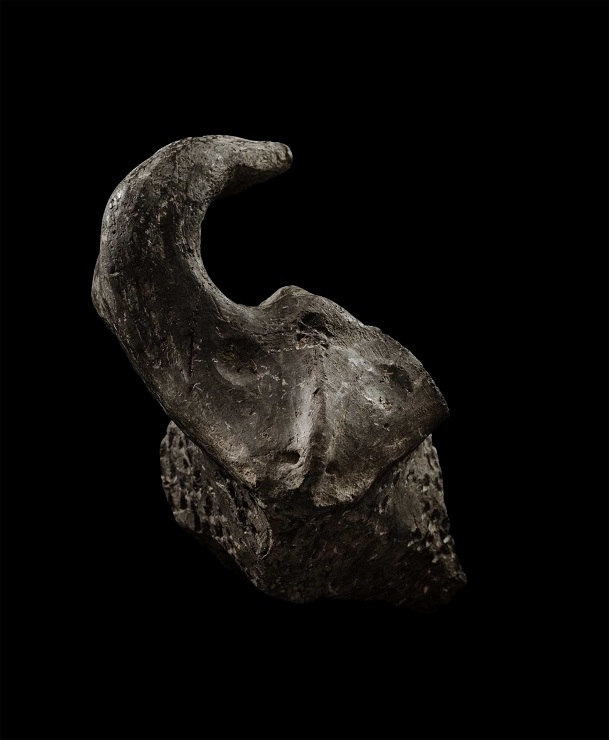Pottery is one of the most distinctive segments of the Neolithic package and the unrivalled most frequent artefact from this period that we have been able to preserve. Although the beginnings of the use of objects made of clay are considerably older, this represented a huge boom in the production of Neolithic pottery that enabled the general use of this material for utilitarian purposes. The relationship between the onset of agriculture and the beginnings of pottery production is not entirely clear and they may diverge by several thousand years. And in regard to agriculture the pottery production also did not originate in one specific place; it actually developed in parallel in different areas in favourable conditions provided by the postglacial world.
|
|
| Decorated containers of the Linear Pottery culture (the Bylany site). A visualisation of the 3D scans. |
Pottery vessels first appeared at the end of the post-Palaeolithic development in what still remained of the hunting-gathering societies, but it took several thousand years before they became widely produced and utilised. The impetus for their use and also for the expansion of this project appears to be substantial and hardly replaceable properties of fired clay – i.e. heat resistance and good conductivity. Apparently this increased the popularity of ceramic pots to a level that they could maintain kept for the next few millennia. Water could be carried in leather bags and/or in gourds, but food is hard to cook in a gourd and so is beer. Currently intensively applied scientific methods that deal with the analyses of the residues in ceramic containers provide a large amount of information about the different ways that they were used historically; alcohol production, however, has its own substantial representation. In some areas stone containers were utilised, but their production was much more complicated and their shape variability was even more limited than shaping a container from a clod of earth or clay and firing it on the hearth or in the baking pit which was manageable by a somewhat more savvy woman.
|
|
| Detail of a part of a container dating from an earlier stage of the Linear Pottery culture (the Kolín site). Photo by O. Kačerovský. |
 |
| On the right side is part of a decorated container from the Kolín site; on the left is a vessel from the burial site in Miskovice. Dated as pertaining to the Stroked Pottery culture. Photos by O. Kačerovský and J. Rendek. |
 |
| Neolithic clay spoons (from the Bylany site). A visualisation of the 3D scans. |
|
|
| Part of a zoomorphic vessel with a bull’s head (from the Kolín site, dated as from the terminal phase of the Stroked Pottery culture). Photo by O. Kačerovský. |
Want to learn more?
- Gomart, L. 2011. Pottery traditions and manufacturing organization in the Early Neolithic: a method for the technological study of Linearbandkeramik vases in habitat contexts in the Aisne Valley (France). Sprawozdania Archeologiczne 63:185–197.
- Pavlů, I. 1997. Pottery origins: initial forms, cultural behavior and decorative styles. Praha: Karolinum.
 Archeologické 3D virtuální muzeum
Archeologické 3D virtuální muzeum

.png)


